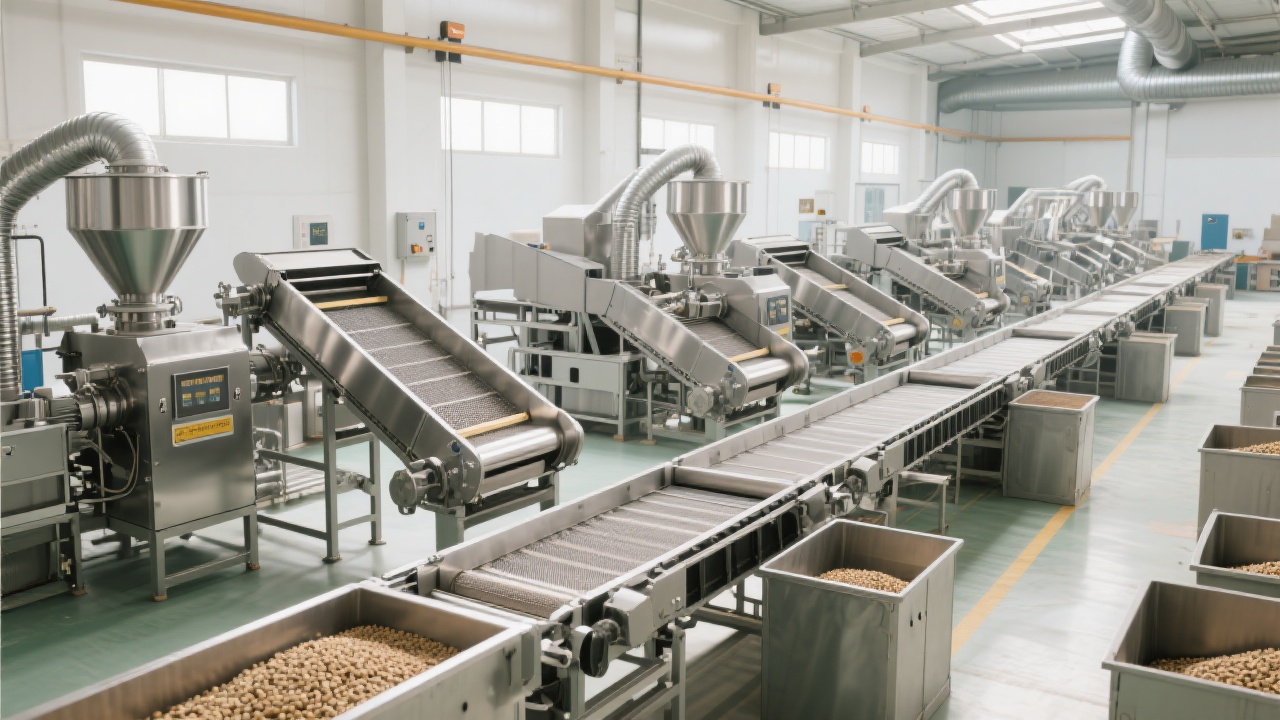
In the global food trade, sesame oil is no longer just a flavor enhancer—it's a premium ingredient with growing demand in health-conscious markets like Europe, North America, and East Asia. But here’s what many exporters overlook: the extraction method—cold-pressed or hot-pressed—can make or break your product’s quality, shelf life, and buyer trust.
During cold pressing, temperatures stay below 40°C (104°F). This preserves heat-sensitive compounds like vitamin E, polyphenols, and omega-6 fatty acids. According to a 2022 study published in the Journal of Food Science and Technology, cold-pressed sesame oil retains up to 87% of its natural tocopherols (vitamin E), while hot-pressed versions lose about 45% due to thermal degradation.
| Feature | Cold-Pressed | Hot-Pressed |
|---|---|---|
| Vitamin E Retention | ~87% | ~43% |
| Flavor Profile | Nutty, aromatic, clean | Smoky, stronger, sometimes bitter |
| Yield per kg Seeds | ~28–32% | ~35–40% |
| Ideal Use Case | Premium cooking, salad dressings, gourmet use | Industrial frying, processed foods, bulk applications |
In real-world export scenarios, this difference matters. For example, a German organic restaurant chain reported a 20% increase in customer satisfaction after switching from hot-pressed to cold-pressed sesame oil—it was more aromatic and didn’t overpower delicate dishes.

If you're targeting high-end restaurants, health-focused consumers, or EU-certified organic markets, cold-pressed is your best bet—it aligns with current trends like "clean label" and functional foods. On the other hand, if your clients prioritize cost-efficiency for large-scale food production (e.g., snack manufacturers), hot-pressed offers better yield at lower processing costs.
Pro tip: In our experience working with exporters in India and Tanzania, combining both methods—using cold-pressed for premium packaging and hot-pressed for industrial bulk—can optimize profit margins without compromising brand image.

You don’t need an industrial machine to produce small batches. A manual screw press (like those used in traditional Indian kitchens) can achieve similar results when done correctly. Just ensure seeds are roasted lightly (<30°C) and pressed quickly to avoid oxidation. We’ve seen home-based producers in Vietnam successfully scale to B2B orders using this method—ideal for niche export opportunities.
Still unsure which path suits your business? Let us know your target market, volume goals, and budget—we’ll help you choose the right extraction strategy based on real data from over 30 countries.

